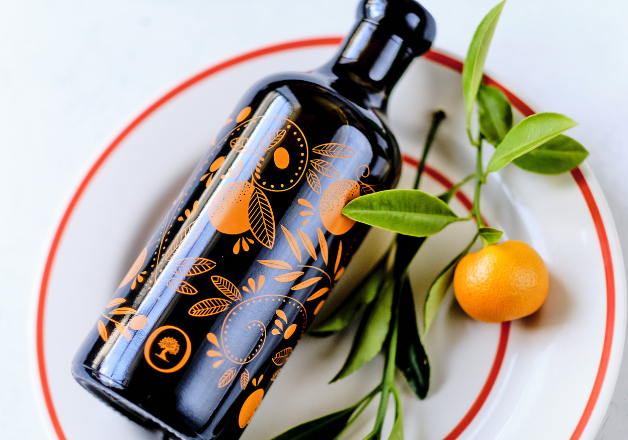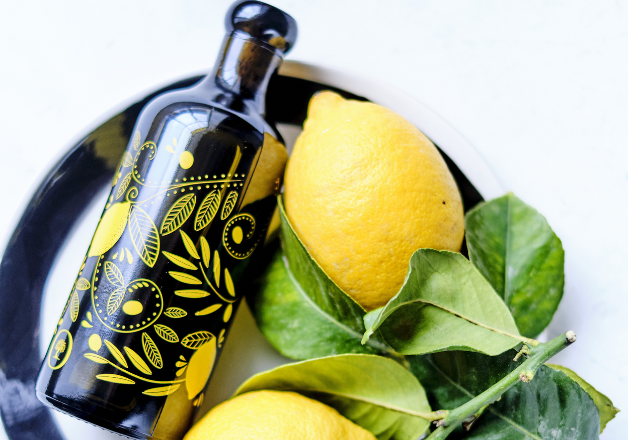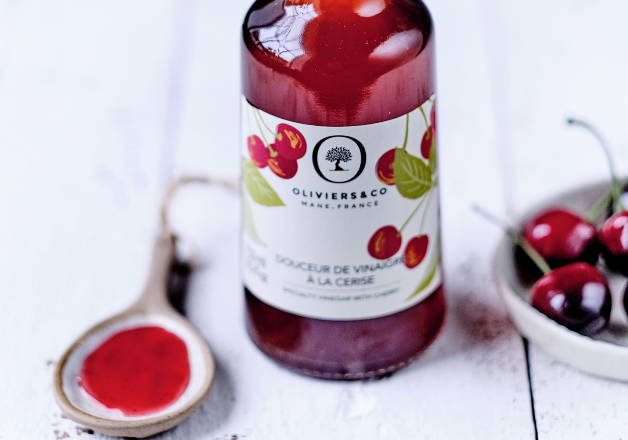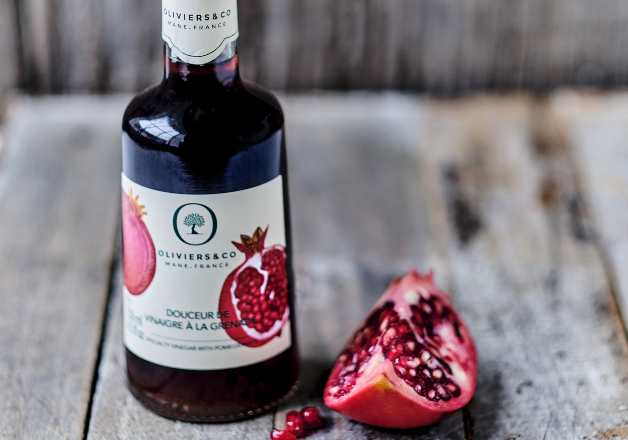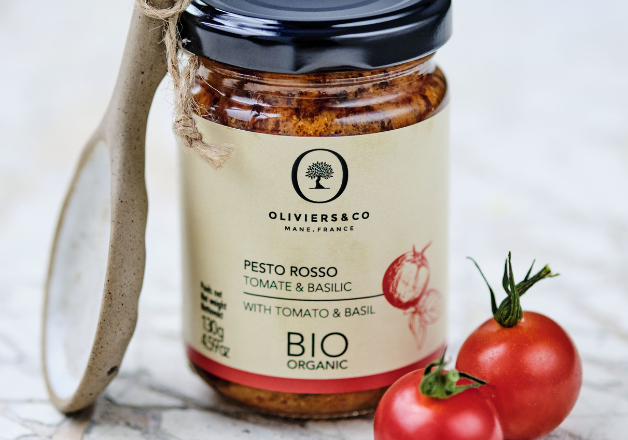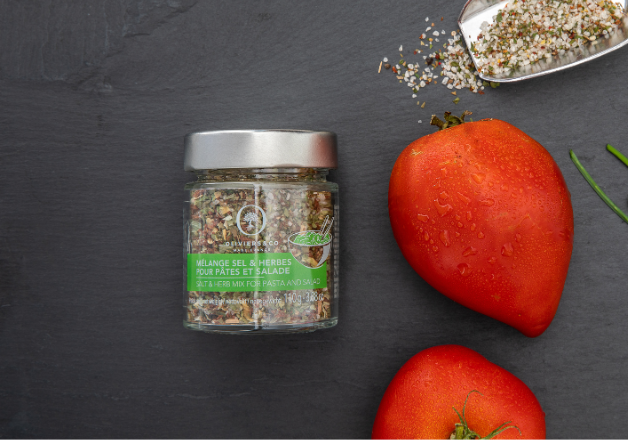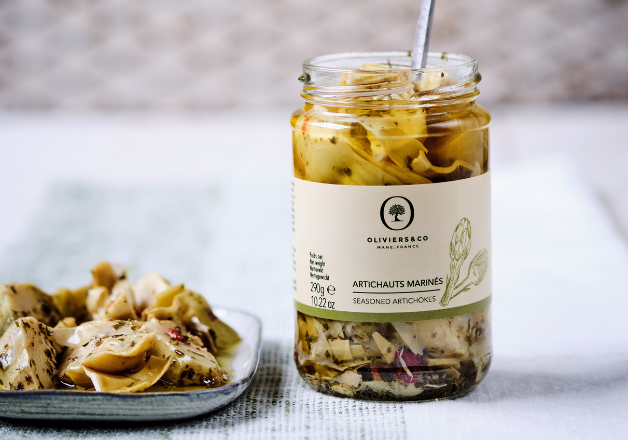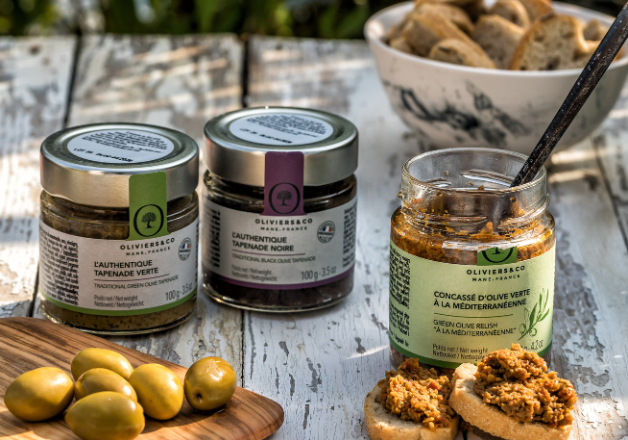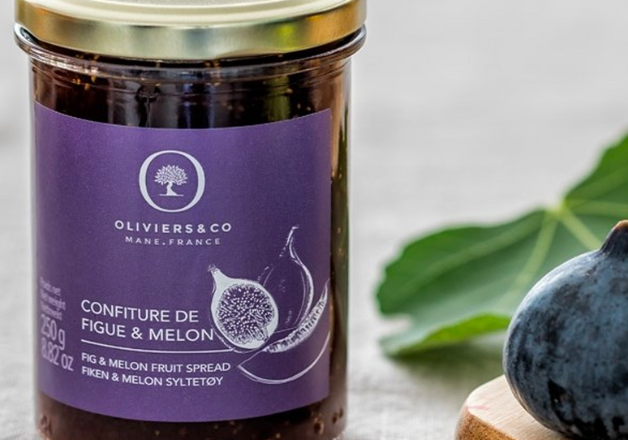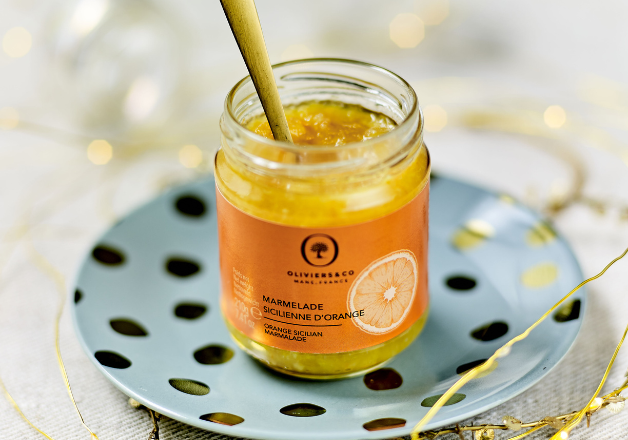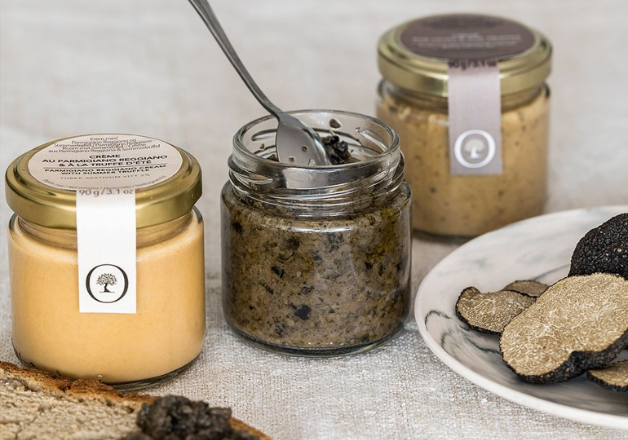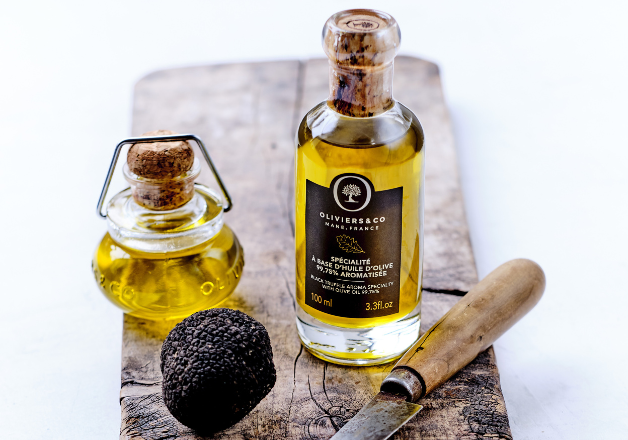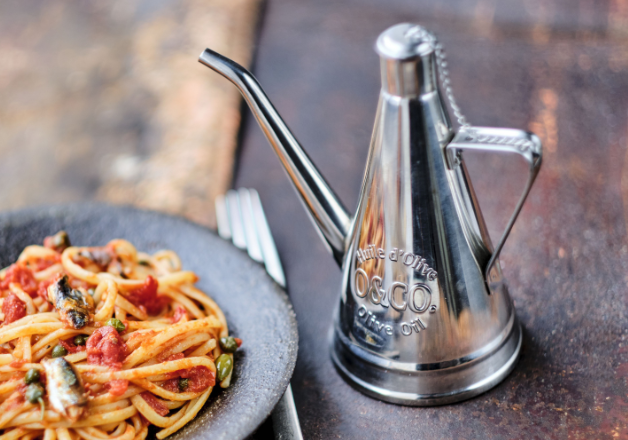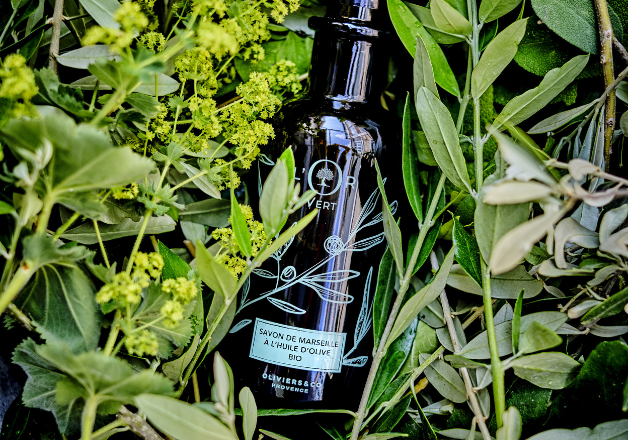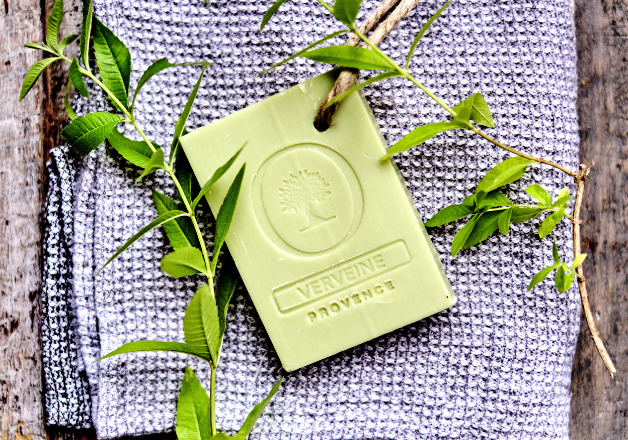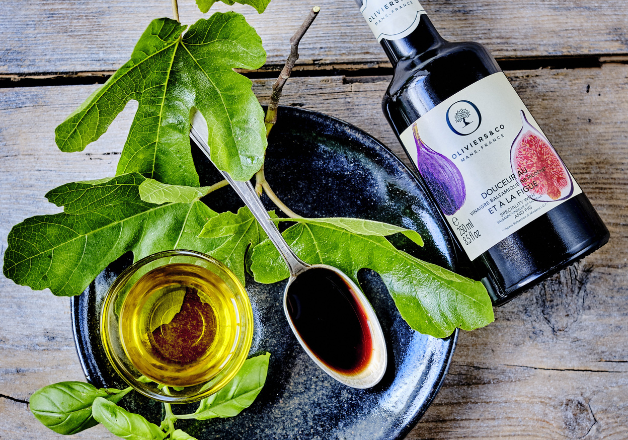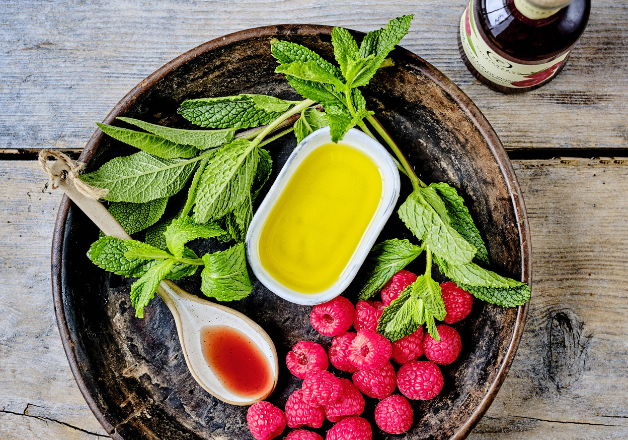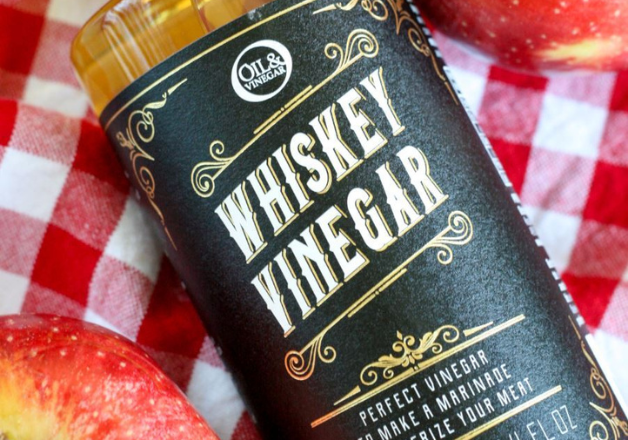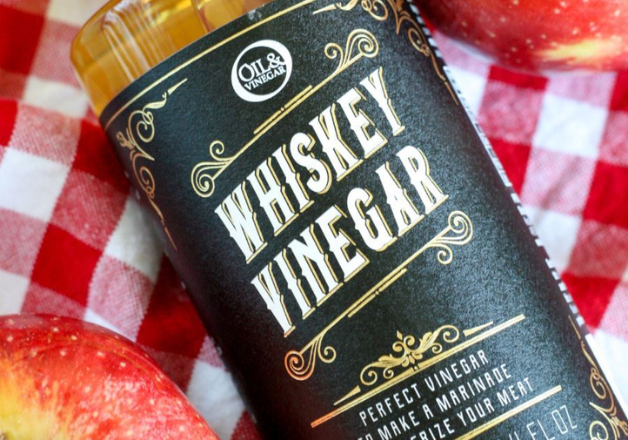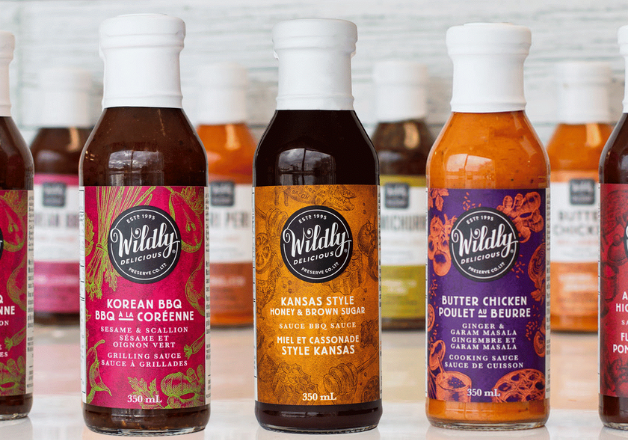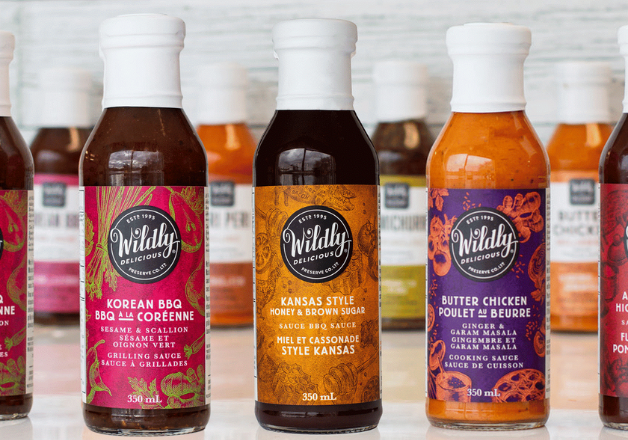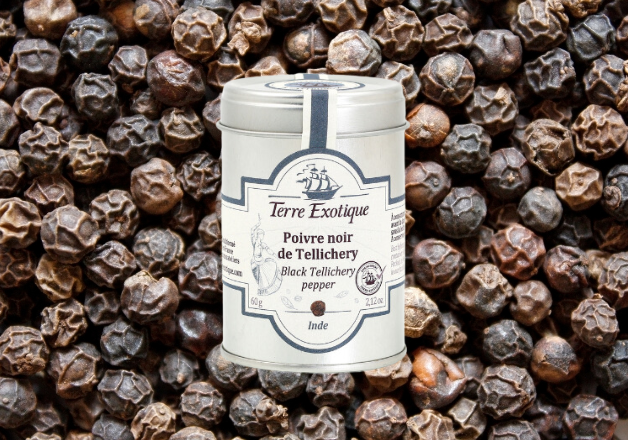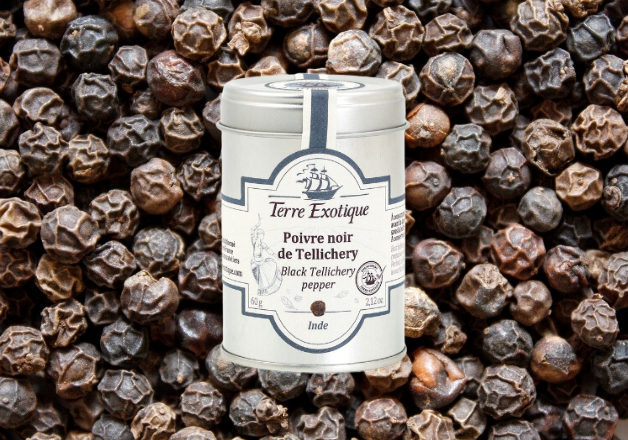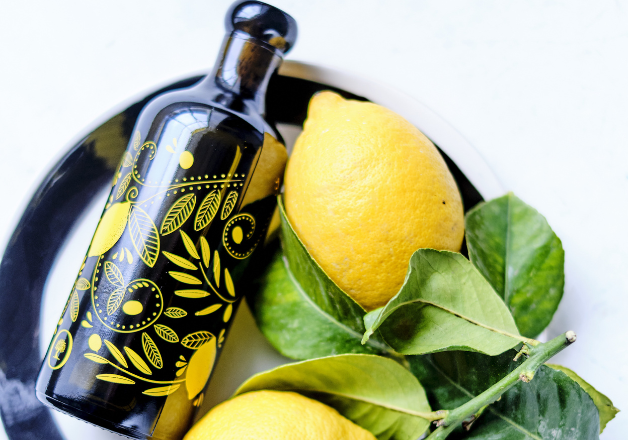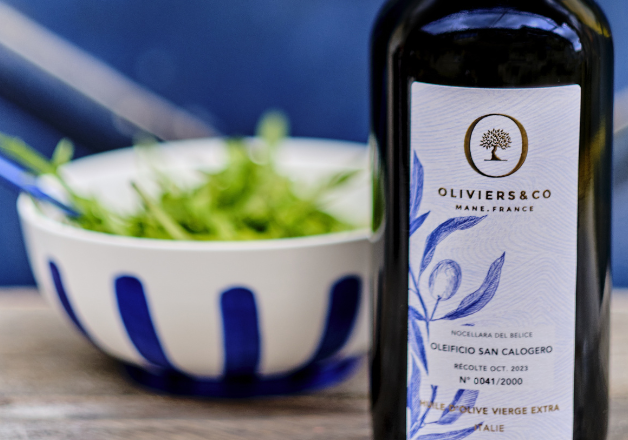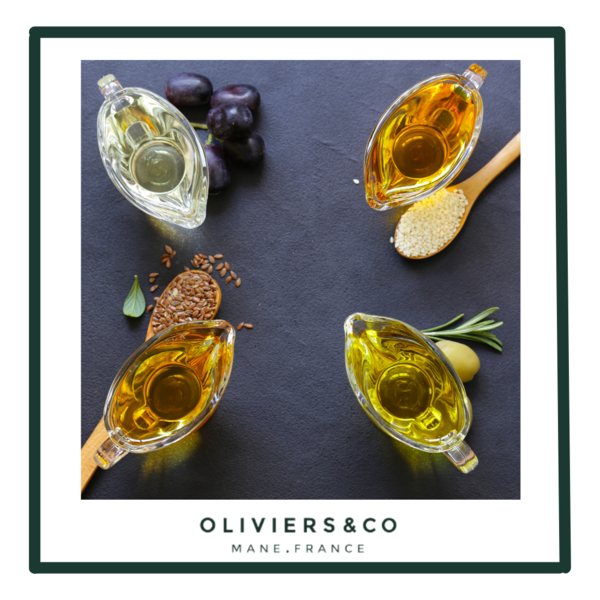

Olive Oil instead of Vegetable Oil?
Think of a fresh tomato and a boiled tomato, treated with petroleum, heated then cooled, on which steam is projected and rubbed against discoloring earth. Which one is the best product?
In addition, the temperature degree during the extraction process plays a significant role in the properties of the oil and its nutritional value.
The main vitamins present in cold pressed virgin oils are vitamin E and vitamin K.
These oils also contain free fatty acids (Omega 3, 6 and 9) and taste compounds called polyphenols.
- From 90 degrees, a large part of the vitamin E is destroyed. In the distiller or during the discoloration, the temperatures can go up to 250 degrees...
- Vitamin K is also sensitive to heat.
- Free fatty acids and polyphenols are highly oxidable and do not tolerate heat very well.
As a reminder, the maximum heat in the extraction of a good olive oil is 27 degrees when vegetable oils go through refining phases at more than 95 degrees and are sometimes in contact with steam at 250 degrees, which destroys the natural components of the oil.
The vitamin E or omega 3 present in refined oils are therefore often synthetic products added to the refined oil, to make it a marketing argument.


Is vegetable oil bad for health?
Olive oil differences with vegetable oils are mainly seeds and extraction.Let's take a closer look at their differences In an extra virgin olive oil, there is the guarantee that there have been no additives such as colorants, preservatives, emulsifiers, antioxidants, synthetic thickeners, wetting agents, stabilizers, gelling agents, pseudo-natural flavors ... that are sometimes found in refined vegetable oils.
As mentioned before, an extra virgin olive oil retains all its nutrients, so the multiple steps of refining expose the vegetable oil to high temperatures. Its natural nutrients are therefore destroyed and sometimes reintegrated by synthetic additives.
Finally, for the pleasure of the eyes, olive oil has a color that can vary from apple green to golden yellow, while a vegetable oil will be translucent white (unless a coloring agent has been added!).
Learn more: Canola Oil versus Olive Oil

